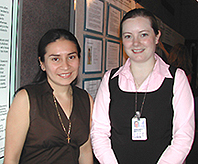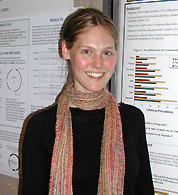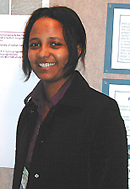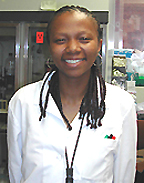Verónica
Chávez, Georgetown University, Washington, D.C., and Kathleen Sullivan,
State University of New York, College at Genesco: "Spontaneous"
Disclosure in Forensic Interviews
Preceptor:
Margaret-Ellen
Pipe, Laboratory
of Comparative Ethology, NICHD
Spontaneous disclosure of sexual abuse by a victim, particularly a child, is unusual in the context of forensic interviews. Chávez and Sullivan set out to identify factors that might contribute to a child’s willingness to discuss such an experience.
They examined variables related to the children, their family circumstance, the nature of the abuse, the suspect, and the context of the disclosure within the interview.
They found that "spontaneous" disclosure most often occurred among younger children who had been prompted to tell the truth, children who had experienced a prior abuse investigation, and those who had suffered severe abuse—such as penetration.
The victim-suspect relationship and the events that triggered the investigation were not contributing factors. The researchers now plan to explore interviewer variables.
 |



